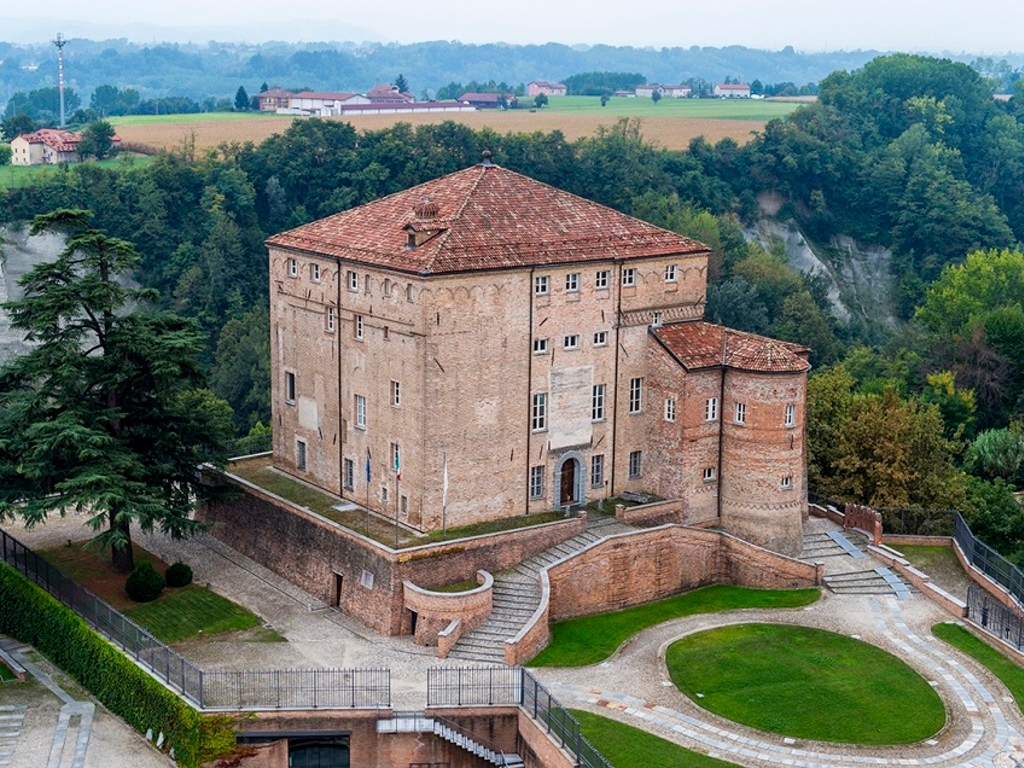Probably of medieval origin, Carrù was ruled over the years by numerous aristocratic families, who often sold it to the highest bidder, until it became an independent municipality with the unification of Italy.
After the First World War, it suffered Fascist oppression and, at the outbreak of the Second World War, was also placed under control by the Germans, who established an army garrison in the town to monitor the inhabitants and the partisan liberation forces, whose ranks were swelling among the various towns of the Langhe and the province of Cuneo. At least 35 Carruccesi, including civilians and partisans, gave their lives in the name of freedom.
In the referendum of 1946, the majority of Carrù's inhabitants voted for the monarchy, as in many other towns in the province, but they had to change their minds and, in the end, rejoice during the 1948 elections when Luigi Einaudi, their fellow citizen, was elected President of the Republic, the highest office of the young Republic.
The town centre, with its medieval layout, fans out around the Castle and the Battagliera area, but the real heart of the town is the ancient forum boario, where the cattle market was held twice a week and which still hosts the annual Fiera del Bue Grasso (Fatted Ox Fair).
The castle dates back to the 15th century, but over the centuries it has been remodelled many times: the major interventions date back to the 17th century, when the castle became the pleasure and hunting lodge of the married couple Gerolamo Maria della Trinità and Paola Cristina del Carretto, whose descendants (including Vittorio Amedeo, viceroy of Sardinia) continued to enrich its rooms until 1800, when it became the holiday home of the Rorà family.
In 1977 it was sold to the Cassa Rurale Artigiana di Carrù, now the Banca delle Alpi Marittime Credito Cooperativo di Carrù, of which it is still the head office. The current appearance is the result of 19th century interventions, when the castle abandoned its defensive function, as evidenced by the battlements and the walled-in embrasures, to become a holiday home.
Inside, the large halls are still preserved, but of particular interest is the Camera dell'Alcova (Alcove Chamber) in typically Baroque style. There is a curious legend that runs through these walls, which tells of the presence of a ghost of a woman dressed in blue who appears every first Friday of the month and wanders through the various rooms, until she silently returns to the canvas from which she emerged. It is said that this woman was one of the protagonists of the history of the past centuries, Cristina of France, the first Madama Reale, who was the undisputed mistress of all Piedmont during the 1600s.
Near the castle is the Battagliera area, so called because of the numerous battles that took place here, from which it is possible to admire a panorama that stretches to infinity as far as the hills of the Langhe and the mountains of the Monregalese. Near the Battagliera we can still find evidence of the dominations of the aristocratic families of the past, such as the so-called Casa delle Masche, an 18th-century villa on the Perosa hill, an area where Napoleon's troops camped, while on the right-hand side there is the Canneto quarter, where buildings once serving the castle are located, such as the Casa Citronera and the Ghiacciaia.
